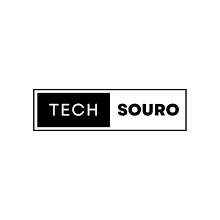Screenshot techniques
Digital techniques
The first screenshots were created with the first interactive computers around 1960. Through the 1980s, computer operating systems did not universally have built-in functionality for capturing screenshots. Sometimes text-only screens could be dumped to a text file, but the result would only capture the content of the screen, not the appearance, nor were graphics screens preservable this way. Some systems had a BSAVE command that could be used to capture the area of memory where screen data was stored, but this required access to a BASIC prompt. Systems with composite video output could be connected to a VCR, and entire screencasts preserved this way.
Most screenshots are raster images, but some vector-based GUI environments like Cairo are capable of generating vector screenshots.
Photographic techniques
Screenshot kits were available for standard (film) cameras that included a long antireflective hood to attach between the screen and camera lens, as well as a closeup lens for the camera. Polaroid film was popular for capturing screenshots, because of the instant results and close-focusing capability of Polaroid cameras. In 1988, Polaroid introduced Spectra film with a 9.2 × 7.3 image size more suited to the 4:3 aspect ration of CRT screens.



0 Comments